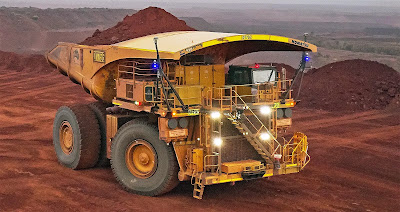I'm making an investment in a pre-IPO company alongside a venture capital fund and other investors. I valued the company based on their forward projections for EBITDA and the multiples similar companies listed on the stock exchange have. Of course, the company could fail and so it is sensible to take a middle valuation between the extremes of zero value and the value if the company succeeds as planned. This still gave a good gain on the current valuation. In reality, total loss is unlikely as the company is already approaching profitability. The funding is for expansion. The worst outcome is more likely a sale for the current valuation or something less to a competitor. I am planning to invest about 2% of our portfolio in this company.
This means I will have to raise my target allocation to private equity and reduce my allocations to hedge funds and long-only equities. To also take into account my future commitment to a venture capital fund I am increasing the private equity allocation of gross assets from 10% to 15%. I am reducing the hedge fund allocation from 24% to 22%, Australian large cap from 9% to 8%, US stocks from 6% to 5%, and rest of the world stocks also from 6% to 5%. I would be happy to have an even higher allocation to private equity if I had access to enough diverse good quality opportunities. So, changing the target allocation isn't just like the US government raising its debt ceiling every time they hit it :)
By contrast, I am an investor in listed company Domacom (DCL.AX), which has been suspended from the ASX for a while, pending completion of a deal to effectively acquire a company called AustAgri. The ASX instructed them to raise more capital before relisting. I don't intend to participate in the rights issue, especially as the issue price is slightly above the last traded price of the shares on the ASX. Success of the company in the short-run really depends on this AustAgri transaction and it is still hard to be certain why it is so delayed and what will happen. Even after that transaction, the company will not be in anywhere near as good a position as this pre-IPO company.




































